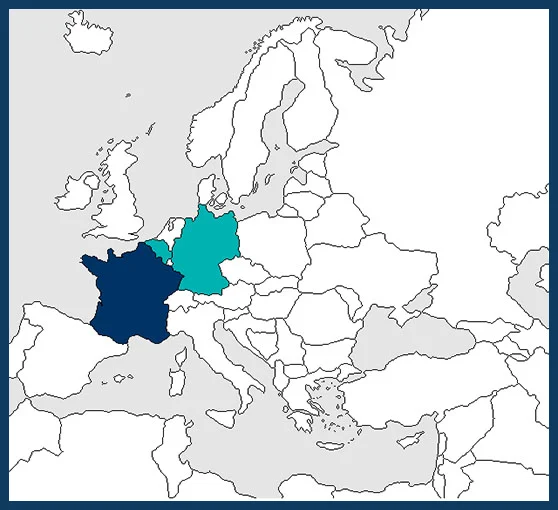12-2013 to 11-2017
€696 011
Benoit Facon
facon@supagro.inra.fr
INRA, Montpellier – FRANCE (Coordinator)
Université de Liège – BELGIQUE
Justus Liebig University Griessen – GERMANY
Max Planck Institute for Chemical Ecology – GERMANY

Invasive species raise evolutionary questions as well as ecological and economical problems, but few research programs have considered the specific genetic mechanisms underlying the evolutionary forces that lead aliens species to a better adaptation in the introduced environment.
The Asiatic ladybird Harmonia axyridis (HA) originates from Southeast Asia and has been used as a biological control agent in North America and Europe. Yet, it is now considered as an invasive species in these areas. HA has indeed been introduced into new areas since 1916 but established populations were not observed before 1988 in the USA and 2001 in Europe. The main negative impacts include the loss of biodiversity through intraguild predation, infestation in homes resulting in allergies, and deterioration of fruit and wine quality.
EXOTIC aims at understanding the adaptive changes that have taken place during HA invasion through genome-wide comparison of native, biocontrol and invasive populations. This will be done through an interdisciplinary approach integrating ecology, evolution, analytical chemistry and genomics at several biological levels (genes, phenotypes, individuals and populations).
Both experimental studies and population genomics will be conducted to investigate the contemporary evolutionary shifts of several life- history traits that could affect the invasive success of HA. This will allow deciphering the adaptive pathways underlying the global invasive success of HA and assessing the negative impacts on native ladybird species.
EXOTIC may be considered as a pilot project using the model species HA. The proposed lines of research are expected to be extended to other species of agroeconomic interest.
On a policy and socioeconomic perspective, EXOTIC could have several impacts. For example, information concerning evolutionary shifts and the genetic basis of traits linked to invasiveness could help identifying biocontrol agents that will not likely become invaders. The project is also expected to help addressing the numerous negative impacts of HA invasion by promoting the development of effective management strategies.
Besides, EXOTIC could have some consequences concerning the development of new anti-infective drugs or pathogen-resistant plants. It has indeed recently been shown that HA hemolymph (i.e. the circulatory fluid of various invertebrate animals that is functionally comparable to the blood and lymph of vertebrates) contains strong and constitutive antibacterial activity that is not present in native ladybirds. In addition, studies demonstrated that HA has the highest diversity of antimicrobial peptides (defence molecules) reported in insects.
To optimize the use of the projects outputs by policymakers and relevant stakeholders, EXOTIC will benefit from the experience of the French participants, who took part in the BIOFIS project aiming notably at formalizing recommendations in management practices against bioagressors and invasive species. EXOTIC will capitalize on this growing network (mainly national services such as ANSES, technical institutes, producers) to boost the dissemination of its research results to other scientists, to non-scientific stakeholders and the general public.